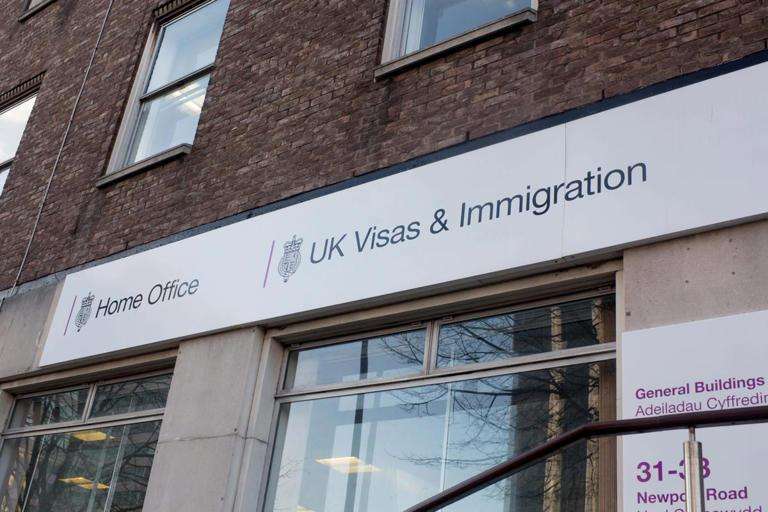A significant policy change by the UK government has opened the door for an additional 3 million people on low incomes to participate in the Help to Save scheme, a program designed to help them build a financial safety net. This expansion, which broadens eligibility for the unique savings account, is expected to benefit a total of 8 million people across the nation.
Managed by HMRC, the Help to Save scheme offers a substantial 50% bonus on savings, allowing individuals to earn up to £1,200 in government bonuses over four years. For every £1 saved, the government adds 50 pence, a rate of return that significantly outpaces traditional high-street savings accounts.
How the Scheme Works
The Help to Save account allows for flexible deposits of between £1 and £50 each calendar month. The scheme’s structure is designed to be accessible, as it doesn't require monthly contributions, accommodating those with fluctuating incomes.
Bonuses are paid out twice: after the first two years and again after four years. The bonus calculation is based on the highest balance held during each two-year period. This unique approach incentivizes consistent saving while still providing the flexibility to make withdrawals if needed. For example, a person who saves the maximum £50 each month for two years would accumulate £1,200 and receive a £600 bonus. If they continue this for another two years, they'll earn a second £600 bonus, resulting in a total of £1,200 in bonuses and £3,600 overall.
Since its launch in September 2018, the scheme has already helped over 500,000 individuals, paying out millions in bonuses. Data shows a high level of engagement, with 93% of users consistently contributing the maximum £50 per month. In Scotland alone, more than 36,000 savers have deposited over £33.58 million into their accounts.
Eligibility and Recent Updates
The recent expansion targets individuals receiving Universal Credit or Working Tax Credit. Specifically, those on Universal Credit with take-home pay of at least £1 during their last monthly assessment period are now eligible. For those on Working Tax Credit, there's no minimum earnings requirement. The relaxed criteria now include those earning less than the current administrative earnings threshold, making the scheme accessible to a much broader group of low-income workers.
The scheme’s flexibility extends beyond just deposits. Accounts can be opened even if you aren’t ready to start saving immediately, and participation does not affect Universal Credit or Tax Credits. You can continue to use the account even if your benefit entitlement ends. The government has also extended the program until April 2027, providing a longer window for millions to benefit.
The Help to Save scheme is a key component of the government's strategy to support vulnerable households in building financial resilience. By providing a secure, high-yield savings option, it offers a pathway for low-income families to create a financial buffer, reduce reliance on high-interest debt, and achieve greater financial stability.







.svg)
